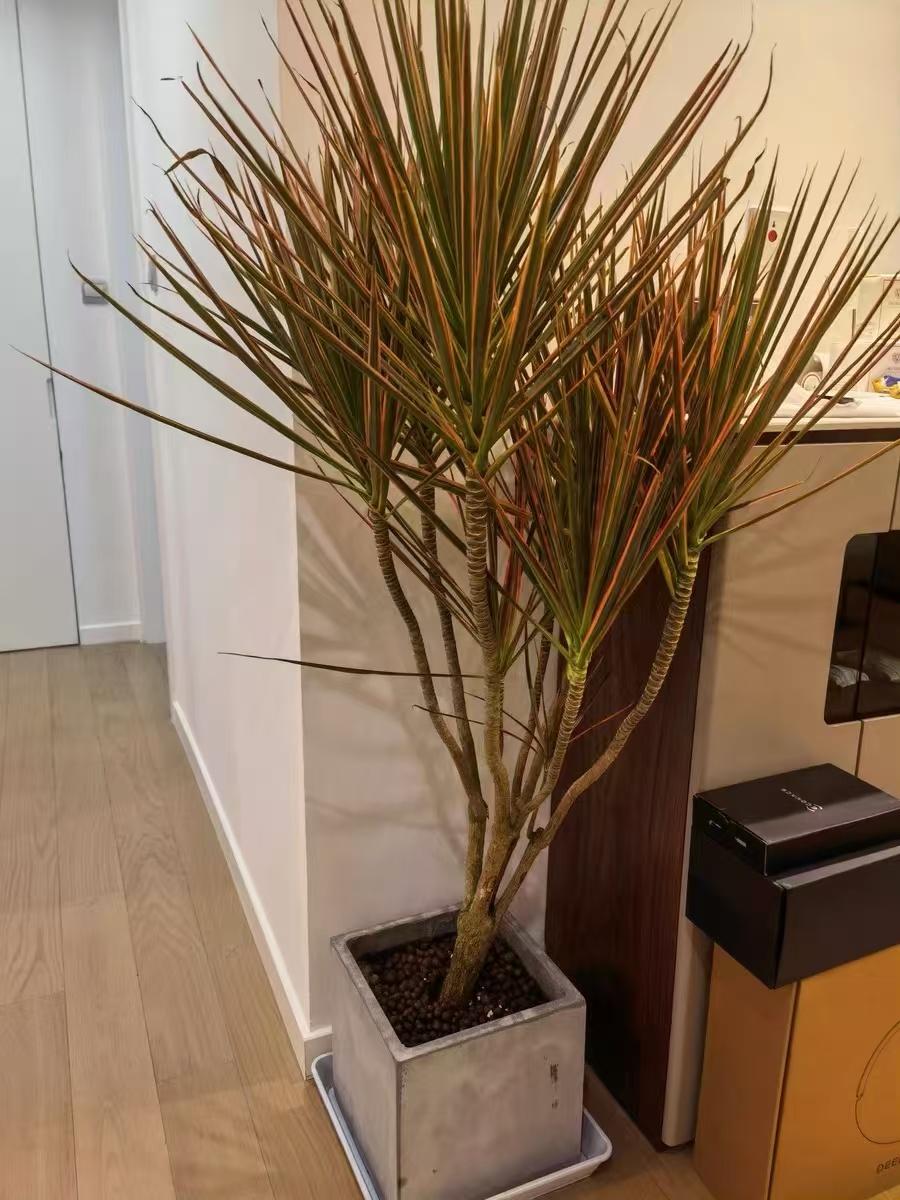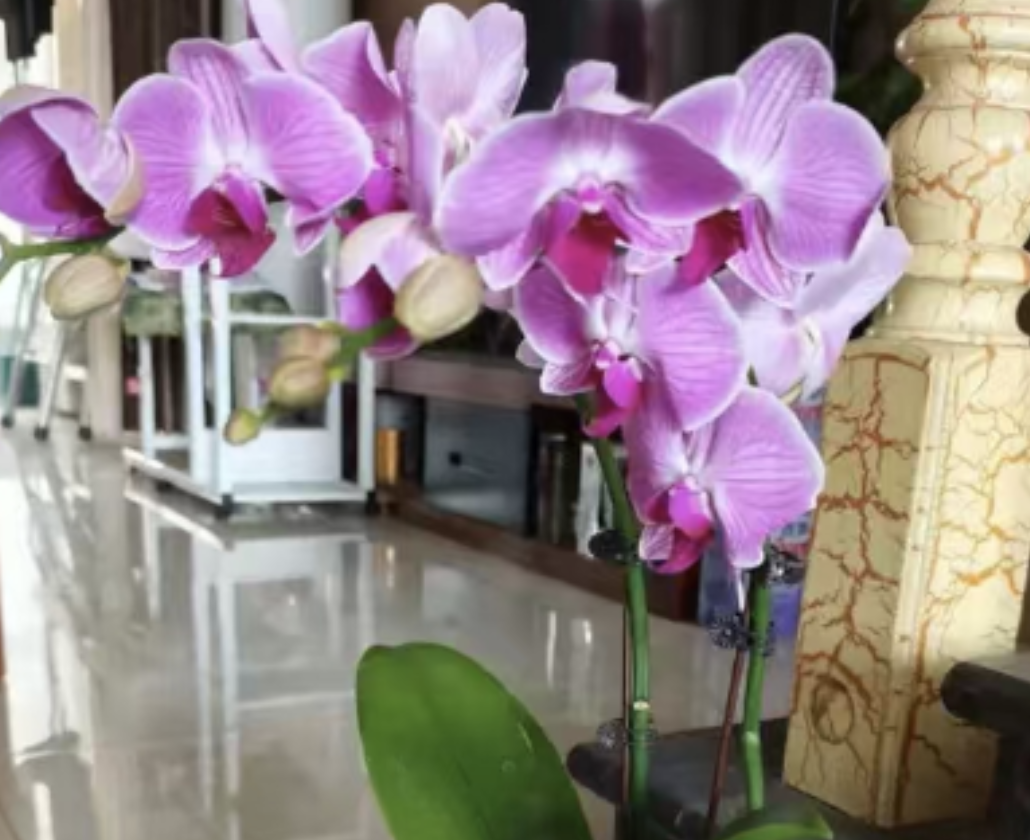Dracaena marginata, with its unique form and elegant posture, is deeply loved by gardening enthusiasts. However, to make Dracaena marginata thrive at home, understanding its planting soil and the correct watering method is crucial. This article will introduce in detail the best planting soil for Dracaena marginata and the correct watering method.
Dracaena marginata is a plant with strong adaptability, but choosing suitable soil is essential for its growth. The following are several recommended soil formulas:
Mixed leaf mold soil, peat soil, river sand, and garden soil
This is a classic and widely used soil formula. Leaf mold soil is rich in organic matter and can provide sufficient nutrients for Dracaena marginata; peat soil has good water retention and air permeability, which is helpful for root development; river sand can increase the drainage of the soil and prevent root rot caused by water accumulation; garden soil, as the basic soil, can stabilize the soil structure. Mixing these four kinds of soil in a certain proportion (such as equal proportions) can prepare a planting substrate that is both fertile and breathable.
Mixed peat soil + humus soil + perlite
For growers who pursue higher air permeability and drainage, a mixed soil of peat soil, humus soil, and perlite can be chosen. Peat soil and humus soil provide nutrients and moisture for plants, while perlite can significantly improve the air permeability and drainage of the soil and reduce the occurrence of root diseases. The recommended ratio is 2:2:1, that is, peat soil and humus soil each account for half, and perlite accounts for one fifth.
Mixed humus soil + river sand
To save costs, a mixed soil of humus soil and river sand can also be used. Humus soil is rich in organic matter and nutrients, while river sand can increase the drainage of the soil. However, this soil formula requires special attention to sun exposure and sterilization treatment to prevent the occurrence of pests and diseases. The recommended ratio is 3:1, that is, humus soil accounts for the majority and river sand accounts for a small part. At the same time, add an appropriate amount of fungicide or pesticide powder for sterilization treatment when mixing the soil.
The correct watering method is the key to the healthy growth of Dracaena marginata. The following are some matters needing attention when watering:
Before watering, check the dryness and wetness of the soil first. Water when the surface soil becomes dry, and water thoroughly at one time to allow the water to penetrate to the roots. Avoid overwatering that leads to water accumulation and root rot or long-term water shortage that causes leaves to wither.
Morning and evening are the best times to water Dracaena marginata. At this time, the soil temperature is moderate and the leaves are not directly exposed to sunlight. After watering, the water is easily absorbed by the roots and absorbed by the plants. It is not suitable to water at noon in summer when the temperature is high and the soil temperature is high; in winter, watering should be done at a relatively warm noon to prevent frost damage.
When watering, avoid watering directly from the top of the plant to prevent water from accumulating on the leaves. It is recommended to water slowly from the edge of the flowerpot until water flows out from the bottom. At the same time, water can be sprayed on the leaves appropriately to increase air humidity, but not too much to avoid leaf rot. Dracaena marginata has certain requirements for water quality. It is best to use natural water sources such as rainwater and river water for watering, because these water sources are usually acidic and rich in minerals, which are beneficial to plant growth. If tap water is used, it should be left standing for a period of time to remove harmful substances such as chlorine before use.
Spring and autumn are the stages of rapid growth of Dracaena marginata. The soil should be kept moist but not overly wet; in summer, when the temperature is high and the water evaporates quickly, the watering frequency and amount should be increased; in winter, due to the low temperature and slow plant growth, the watering frequency and amount should be reduced to prevent frost damage.
No matter which soil formula is chosen, attention should be paid to keeping the soil loose, breathable, and well-drained. At the same time, adjust the soil formula and fertilization amount in time according to the growth situation of Dracaena marginata and seasonal changes. Mastering the correct planting soil and watering method is crucial for the healthy growth of Dracaena marginata. I hope this article can provide you with useful references and help you grow a strong and beautiful Dracaena marginata.
What kind of soil is best for growing Dracaena marginata?

Share with
Tagged in :




Leave a Reply